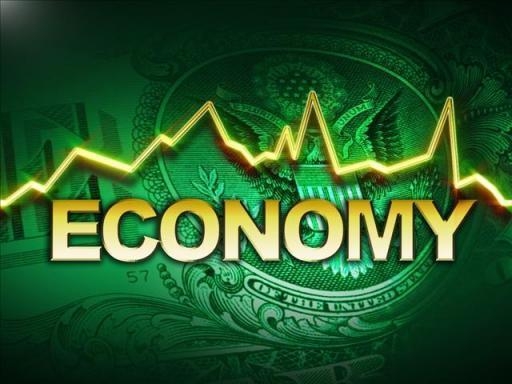Economy

ISM's PMI Dips on Trade Concerns
Written by Sandy Williams
June 4, 2019
Manufacturing in May grew at its slowest pace in two and a half years amid trade tensions and slower demand, reports the Institute for Supply Management. The PMI for the Manufacturing ISM Report on Business decreased 0.7 percentage points from April to a reading of 52.1 percent. The index for new orders gained one percentage point, while production decreased by one point.
“Comments from the panel reflect continued expanding business strength, but at soft levels consistent with the early-2016 expansion,” said Timothy R. Fiore, chairman of the ISM Manufacturing Business Survey Committee. “Demand expansion continued, with the New Orders Index strengthening, but remaining in the low 50s, the Customers’ Inventories Index remaining at a ‘too low’ level, and the Backlog of Orders Index contracting for the first time since January 2017. Consumption (production and employment) continued to expand, resulting in a combined PMI contribution of 0.3 percentage point. Inputs — expressed as supplier deliveries, inventories and imports — were lower this month, primarily due to inventory softening and suppliers continuing to deliver faster, resulting in a combined 4.6 percentage point reduction in the Supplier Deliveries and Inventories indexes. Imports contracted for the second straight month. Overall, inputs reflect supply chains’ ability to respond faster and indicate that supply managers are closely watching inventories. Prices remain at a relatively stable level.”
Eleven of 18 manufacturing industries reported growth in May. Primary metals and fabricated metal products were among those industries that contracted during the month.
Comments from respondents show concern about rising costs due to tariffs:
- “General slowing due to inventory correction.” (Primary Metals)
- “Sales continue to decline. Volumes are off [and] profits haven’t decreased in proportion to sales. Higher-margin vehicles continue strong sales, but low- to mid-range sales are down.” (Transportation Equipment)
- “Business continues to be very strong. Our company and our supply base continue to be challenged getting manpower for production. Key commodity costs like steel have continued to come down. Lead times with suppliers have stabilized after moving out two to three times what they were a year ago. Supply base performance has improved over the last 90 days and stabilized.” (Machinery)
- “Business is continuing to grow and expand. The pressure for driving out costs has increased significantly, and my company is facing major changes over the next several years to remain cost competitive.” (Miscellaneous Manufacturing)
- “The threat of a 15-percent increase on Section 301 tariffs is a concern. Although the potential has been around for months, the recent deadline was not expected. We had calculated and communicated the potential cost impact to our leadership.” (Petroleum & Coal Products)
- “Ongoing tariff [issue is] impacting costs and influencing supplier realignment on country of origin. Border issue is causing delays in imports from Mexico.” (Computer & Electronic Products)
- “The threat of additional tariffs has forced a change in our supply chain strategy; we are shifting business from China to Mexico, which will not increase the number of U.S. jobs.” (Chemical Products)
- “Weather in the middle of the country has slowed construction and infrastructure projects.” (Nonmetallic Mineral Products)
- “Newly increased tariffs on Chinese imports pose an issue on a number of chemicals and materials that are solely produced in China. We are expecting increases in raw materials starting June 1.” (Plastics & Rubber Products)
- “Sales remain strong. Labor remains tight. Tariffs are having a significant impact on cost of goods. No impact on where we buy our goods.” (Food, Beverage & Tobacco Products)

Sandy Williams
Read more from Sandy WilliamsLatest in Economy

Architecture billings continue to slide in March
Architecture firms said billings continued to decline in March, according to the latest Architecture Billings Index (ABI) released by the American Institute of Architects (AIA) and Deltek.

Beige Book shows concerns about trade policy
Manufacturing was mixed, but two-thirds of districts said activity was little changed or had declined.

New York state manufacturing index drops again in April
Firms were pessimistic, with the future general business conditions index falling to its second lowest reading in the more than 20-year history of the survey

Construction adds 13,000 jobs in March
The construction sector added 13,000 jobs, seasonally adjusted, in March, but tariffs could undermine the industry.

Supply chains, end-users brace for impact from tariffs
Supply chains are working through what the tariffs mean for them
